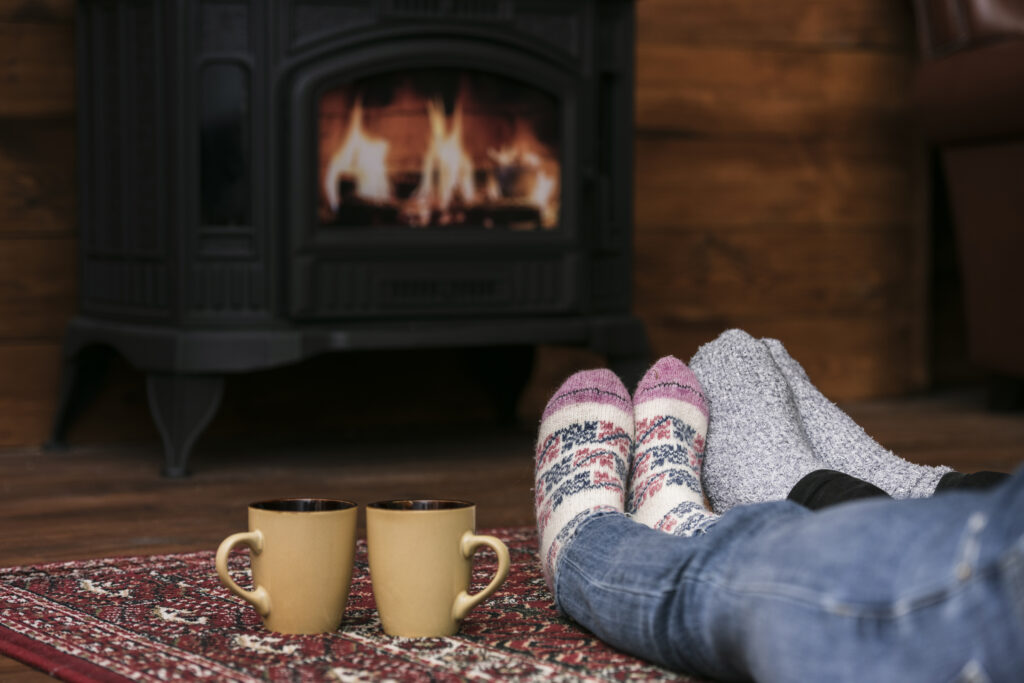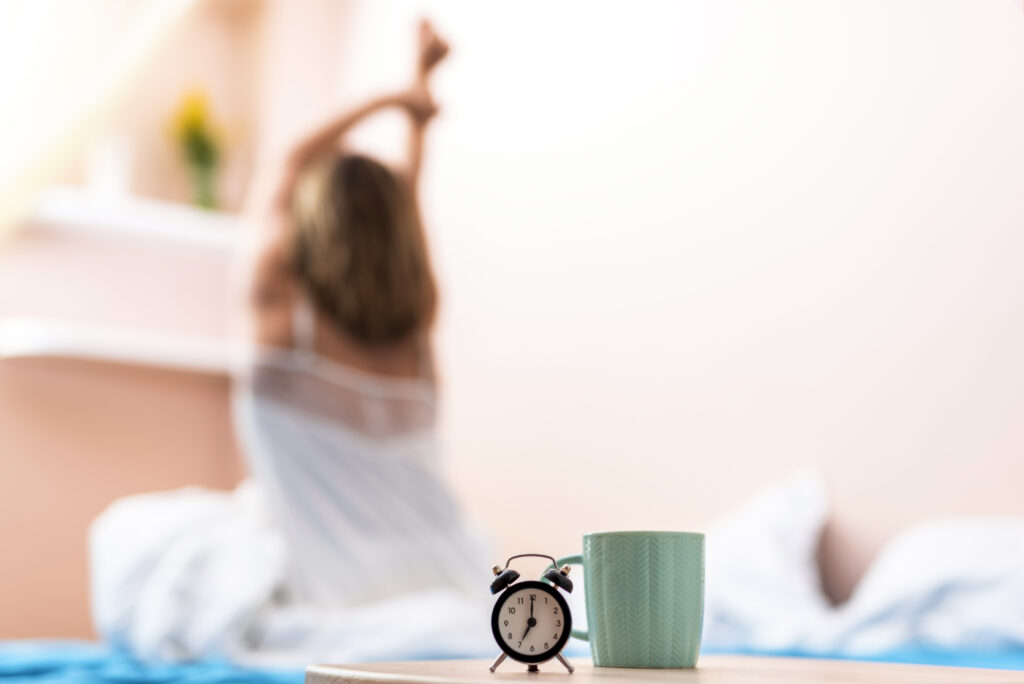A Guide to Staying Safe and Cozy in Extreme Winter Conditions

The article addresses the health risks associated with winter storms, noting that death rates in the United States increase by 8% to 12% during winter months, with over 19,000 Americans having died from cold-related causes since 1979. This surge is attributed to seasonal changes in behavior, increased exposure to respiratory diseases, and the impact on the human body. Special attention is given to vulnerable populations, including infants and older adults, who struggle to maintain core body temperatures. Recommendations include ensuring infants sleep in warm rooms and checking on older neighbors to guarantee adequate heating. The risk of hypothermia rises when indoor temperatures fall below 50 degrees for an extended period. Indoor safety measures are emphasized, particularly the avoidance of carbon monoxide poisoning. The article advises against using generators, grills, or stoves indoors, stressing the importance of carbon monoxide detectors when using heaters. Using the kitchen stove for heat is discouraged, with alternatives like extra blankets, sleeping bags, or well-maintained fireplaces suggested. Outdoor safety measures involve avoiding travel on icy roads and, if stranded outdoors, staying inside the vehicle to prevent hypothermia. Outdoor activities, such as shoveling snow, should be performed slowly, and individuals participating in outdoor recreation are encouraged to travel in pairs with emergency kits and cell phones. The risks of frostbite and hypothermia are highlighted, with recommendations to limit outdoor exposure, dress in warm layers, and take immediate care, such as immersion in warm water, in case of frostbite. Moisturizing is emphasized to prevent dry and cracked skin during extremely cold temperatures, particularly for those with winter-related skin conditions. The impact of cold weather on respiratory health is discussed, with colder, drier air potentially causing complications for individuals with respiratory illnesses. The article underscores the importance of annual vaccinations, such as flu and Covid-19 shots, to prevent respiratory issues. Finally, cardiovascular risks associated with frosty weather are addressed, especially for individuals with heart conditions. Recommendations include avoiding strenuous activities like snow shoveling and exercising too much, as a drop in temperature has been associated with an increased risk of heart attack. Overall, the article provides comprehensive guidance on staying healthy and safe during winter storms.
New Year Stress-Busting Strategies

The article explores alternative techniques for stress management beyond conventional approaches like exercise and adequate sleep. Chronic stress is linked to various health issues, emphasizing the importance of effective stress management. Wellness experts, including Dr. Leana Wen and Dr. Karmel Choi, highlight the impact of stress on mental and physical health, as well as relationships. The first technique encourages incorporating play into adult life, citing a study showing that playful individuals experience lower stress levels and are more likely to employ healthy coping strategies. Rediscovering childhood activities or exploring new hobbies is recommended for introducing play into daily schedules. The second technique suggests engaging in mindless activities, such as watching TV, as a means of stress reduction. Dr. Victoria Garfield notes that leisurely activities can be beneficial for those who find traditional mindfulness practices challenging. However, caution is advised against screen time close to bedtime to ensure quality sleep. The third technique focuses on the surprising benefits of sighing as a stress-relief mechanism. Cyclic sighing, involving a specific breathing technique, is highlighted for its effectiveness in providing rapid relief from anxious feelings and stress. The fourth technique introduces progressive muscle relaxation (PMR) as a highly effective mind-body relaxation technique. PMR involves systematically tensing and relaxing muscles and can be practiced in as little as five minutes, making it suitable for individuals who struggle with traditional meditative breathing exercises. The fifth technique emphasizes practicing gratitude as a means of reducing stress and improving mood. Keeping a gratitude journal or creating a gratitude photo album on a phone is recommended. Gratitude helps broaden one’s perspective, allowing for the recognition of positive moments even during stressful situations. In summary, the article advocates for a holistic approach to stress management, incorporating elements of play, mindless activities, intentional breathing techniques like sighing, progressive muscle relaxation, and gratitude practices. These diverse techniques provide individuals with a well-rounded stress-management toolbox, promoting overall well-being and balance in the face of life’s challenges.
Morning Habits and Anxiety

The article explores morning habits impacting anxiety, emphasizing cortisol spikes. It suggests calming activities and routines to counter stress despite healthy practices. Inconsistent sleep patterns and rushed mornings exacerbate anxiety, highlighting the need for regular sleep and a structured morning routine.
